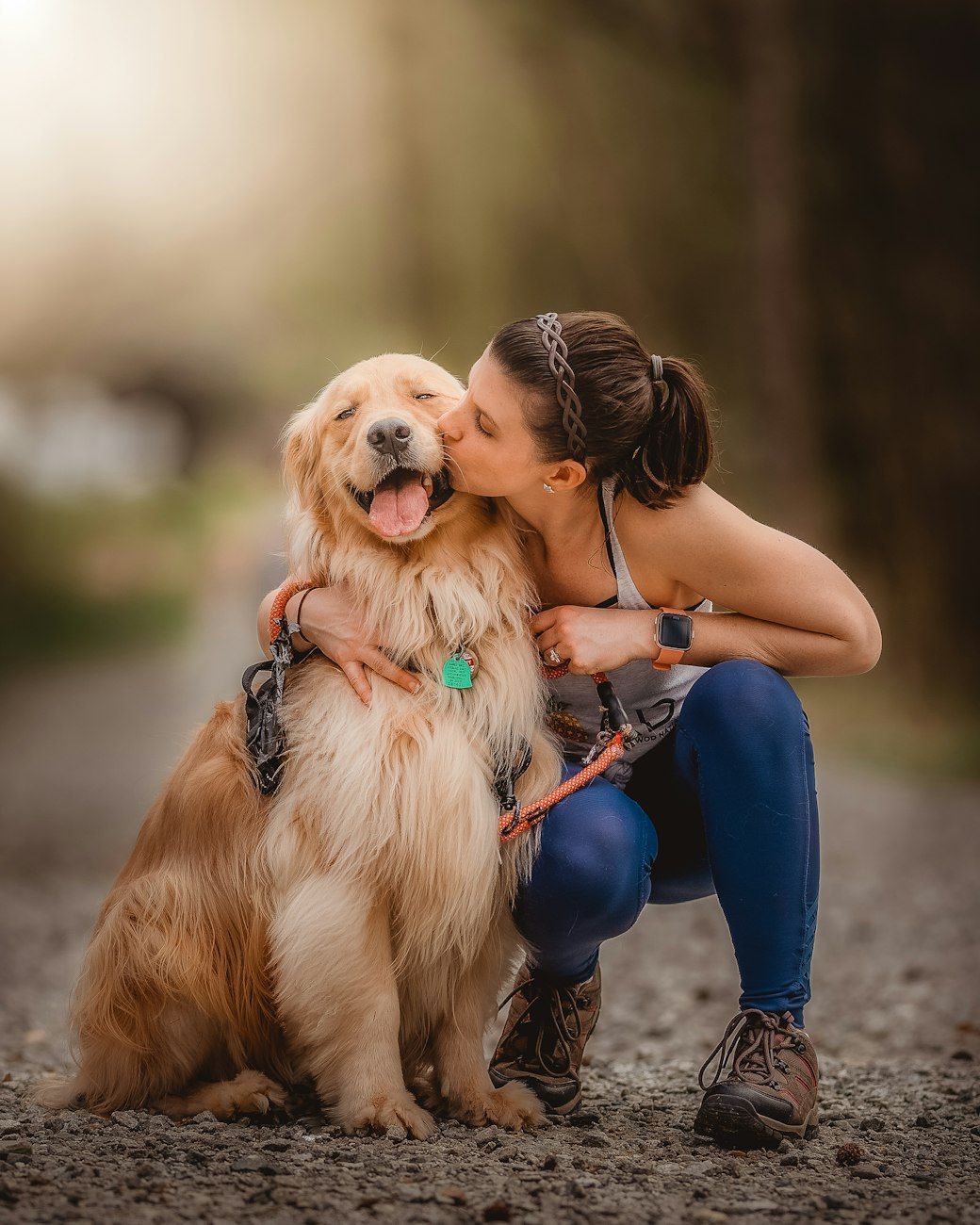
Why Pets “Mirror” Their Owners’ Moods: Unexpected Facts from Zoopsychology
Animals & PetsHave you ever noticed how your pet seems to sense your emotions even before you express them? The bond between pets and their owners goes beyond simple companionship. Research in zoopsychology has uncovered some fascinating facts about why pets often "mirror" their owners' moods and behaviors. Let's delve into the intriguing world of pet emotions and the intricate human-animal link that influences their behavior.

The concept of mood mirroring, where pets reflect their owners' emotions, is a well-documented phenomenon in animal psychology. Your furry friend's ability to pick up on your emotional cues and mirror them is a testament to the strong bond and emotional connection that exists between pets and their owners. Studies have shown that pets can interpret subtle behavioral cues and facial expressions to gauge their owner's mood accurately.
One of the key reasons behind this mirroring effect is the deep level of empathy that pets possess. Dogs, for example, have been observed to display a remarkable ability to detect and respond to human emotions. Their keen sense of empathy allows them to understand when their owners are feeling happy, sad, anxious, or stressed. In essence, pets can sense and mirror the emotional states of their owners, reinforcing the notion of a strong emotional connection between humans and animals.
When pet owners experience stress or anxiety, their pets are quick to pick up on the subtle stress signals that humans emit. These stress signals can manifest in various forms, such as changes in body language, tone of voice, and overall demeanor. Pets are highly attuned to these signals and respond by adjusting their own behavior to provide comfort and support to their owners.
The fascinating field of zoopsychology sheds light on the intricate ways in which pets perceive and respond to human emotions. Through a combination of observational studies and behavioral research, zoopsychologists have uncovered valuable insights into the complex dynamics of the owner-pet bond. These insights not only enhance our understanding of pet emotions but also highlight the profound impact that pets can have on our psychological well-being.
In conclusion, the phenomenon of pets mirroring their owners' moods is a powerful reminder of the deep emotional connection that exists between humans and animals. Whether it's a wagging tail, a comforting purr, or a sympathetic gaze, pets have a unique ability to provide emotional support and companionship to their human counterparts. By recognizing and appreciating the nuances of the human-animal link, we can cultivate stronger bonds with our pets and gain a deeper appreciation for the remarkable world of zoopsychology.

Relevant posts

Animals & Pets
What to Feed Your Cat: Common Mistakes to Avoid
Welcome to our article discussing important aspects of feeding your feline friend. Many cat owners strive to provide their pets with the best nutrition possible, but common mistakes can be made that could harm your cat's health. Understanding what to feed your cat and how to do it correctly is essential for their overall well-being. In this guide, we will cover common cat food mistakes to avoid and provide helpful tips for maintaining a healthy diet for your beloved pet.Feeding your cat the righ...

Animals & Pets
Why Pets “Mirror” Their Owners’ Moods: Unexpected Facts from Zoopsychology
Have you ever noticed how your pet seems to sense your emotions even before you express them? The bond between pets and their owners goes beyond simple companionship. Research in zoopsychology has uncovered some fascinating facts about why pets often "mirror" their owners' moods and behaviours. Let's delve into the intriguing world of pet emotions and the intricate human-animal link that influences their behaviour. The concept of mood mirroring, where pets reflect their...

Animals & Pets
How to Train Your Cat to Use a Scratching Post: A Step-by-Step Guide
Welcome to another guide on cat training! In this article, we will discuss how to train your cat to use a scratching post effectively. Cats have a natural instinct to scratch, and providing them with a suitable outlet for this behaviour, such as a scratching post, can help prevent them from damaging your furniture. Let's dive into the step-by-step process of training your cat to use a scratching post.Understand Your Cat's BehaviourBefore you begin training your cat to use a scratching post, it's...

Animals & Pets
How to Tell Your Dog Loves You: Understanding Your Pet’s Body Language
Have you ever wondered how your furry friend feels about you? Dogs have a unique way of expressing their emotions and building a strong bond with their human companions. Understanding your pet's body language is key to recognising the signs of affection and love. Here are some insights into how to tell if your dog loves you: 1. Tail Wagging: One of the most well-known signs of a happy dog is when they wag their tail. A wagging tail doesn't always mean a dog is happy, but when accompanied by r...